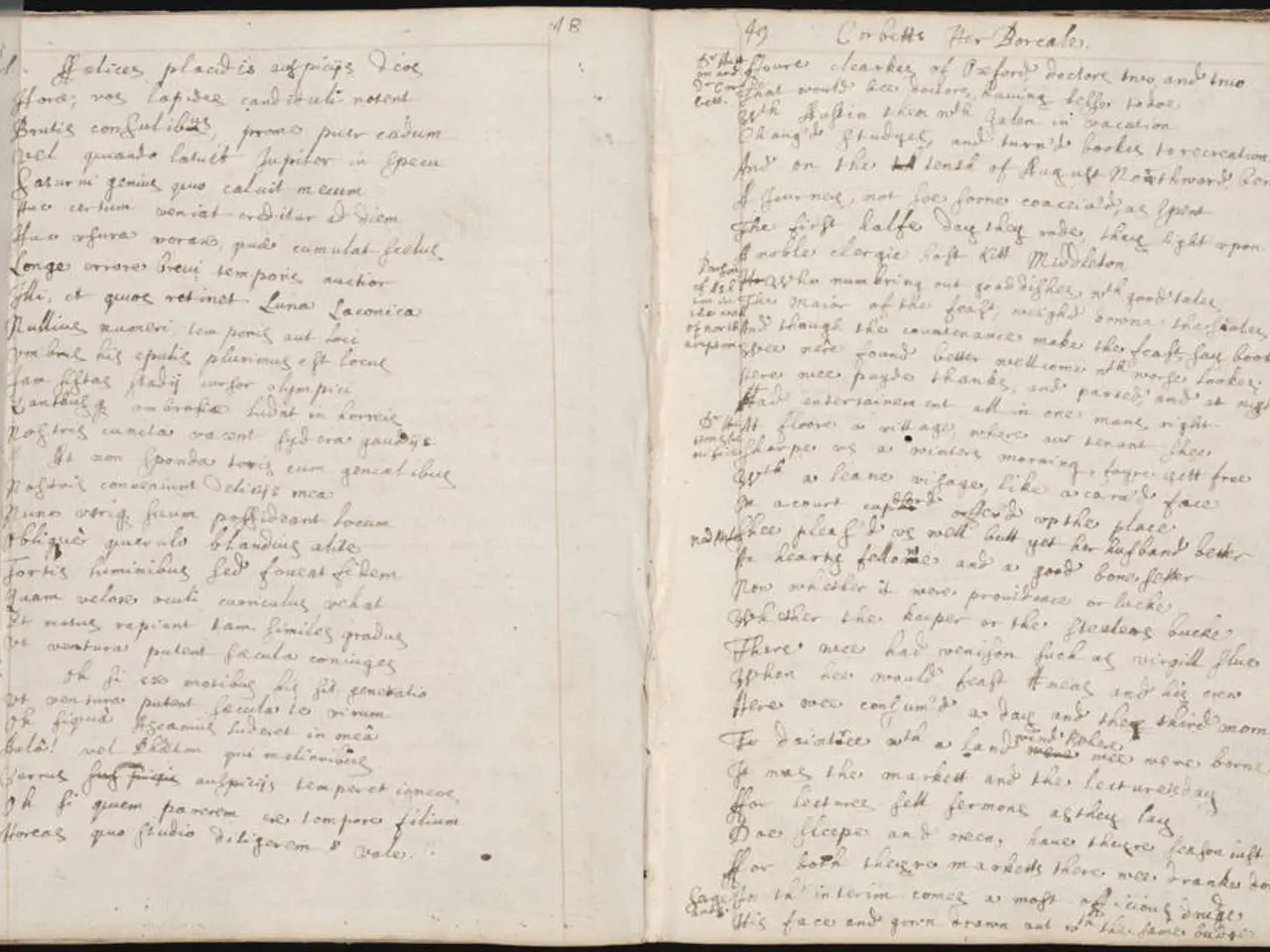Exploring Texts Penned by the Ouija Board Worldwide
In the latter half of the 19th century, a unique blend of spiritual belief, popular culture, and literary creation emerged, shaping the landscape of paranormal folklore. This phenomenon was the rise of spiritualist literature, much of which was produced through the use of Ouija boards.
The Ouija board, a device used in spiritualist meetings, became famous towards the end of the 19th century. Originally patented in the United States by Elijah Bond and Charles Kennard in 1890, the board was said to allow users to receive direct messages from spirits without the need for a medium. The board's popularity soared due to its accessibility, democratizing spirit communication for ordinary people and fueling the popularity of spiritualist practices.
One of the most intriguing examples of spiritualist literature produced via Ouija boards is the work of Pearl Curran, who between 1913 and 1937 claimed to channel the spirit "Patience Worth" through a Ouija board. This produced a significant body of literary work, including poems and prose that captivated the public and added to the mystique of Ouija-driven spirit communication.
The cultural impact of this literature was profound, particularly in the wake of losses such as the Civil War. It offered a tangible sense of connection with the deceased, helping spiritualism gain widespread acceptance, especially among middle and upper classes.
In addition to cultural impact, spiritualist literature through Ouija boards also influenced popular culture. These writings, along with the boards themselves, shifted over time from curiosity and novelty to objects associated with both fascination and fear, embedding spiritualist literature and Ouija usage deeply in paranormal folklore.
Notable examples of spiritualist literature from this era include the first spiritualist literature book, titled "Ouina's Canoe and Christmas Offering: Filled with Flowers for the Darlings of Earth," published in 1882. This book was a supposed memoir dictated to the New York medium Cora Scott by Ouina, a young Native American who died tragically in her adolescence.
Another significant work is "Our Home," a story from the series dictated by the Brazilian medium Chico Xavier, which stood out among the series. However, the case of Jap Herron, a novel supposedly dictated by Mark Twain through the Ouija board, gained notoriety as the first work of spiritualist literature "written" by a renowned and internationally famous author. Unfortunately, Jap Herron is now practically lost, and it is difficult to find copies of this unique novel.
The Ouija board's popularity was also fueled by spiritualist meetings, which were popular events where wealthy people gathered, either out of sincere belief or out of pure curiosity. Even notable figures such as Abraham Lincoln's wife held seances in the White House to contact their recently deceased loved ones.
In conclusion, spiritualist literature through Ouija boards during the 19th century represents a unique and fascinating chapter in history. It reflects society's engagement with mortality, the supernatural, and the search for meaning beyond death. Despite a decline in spiritualist literature after the 19th century, the impact of these works continues to resonate, offering a glimpse into the human desire to connect with the unknown and the departed.
The Ouija board's literary output, including works by Pearl Curran and Jap Herron, contributed significantly to the entertainment industry, blurring the lines between popular culture and psychic phenomena.
Aside from influencing paranormal folklore, these spiritualist books stimulated discussions on psychology and the human quest for connection with the deceased and the unknown.







